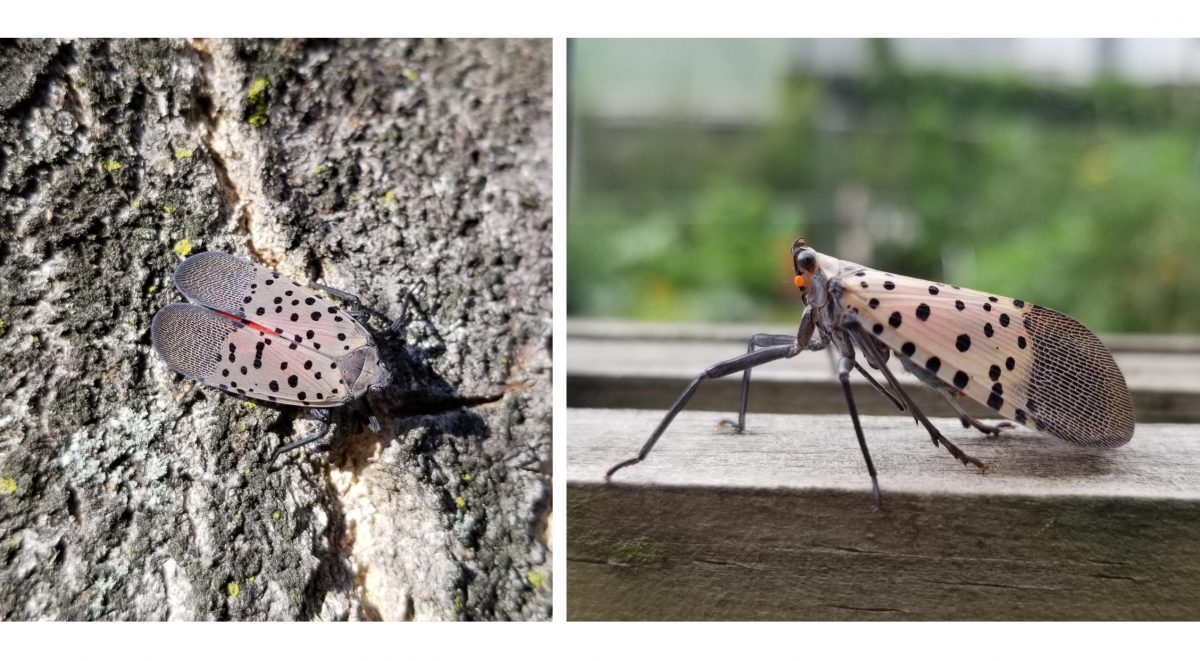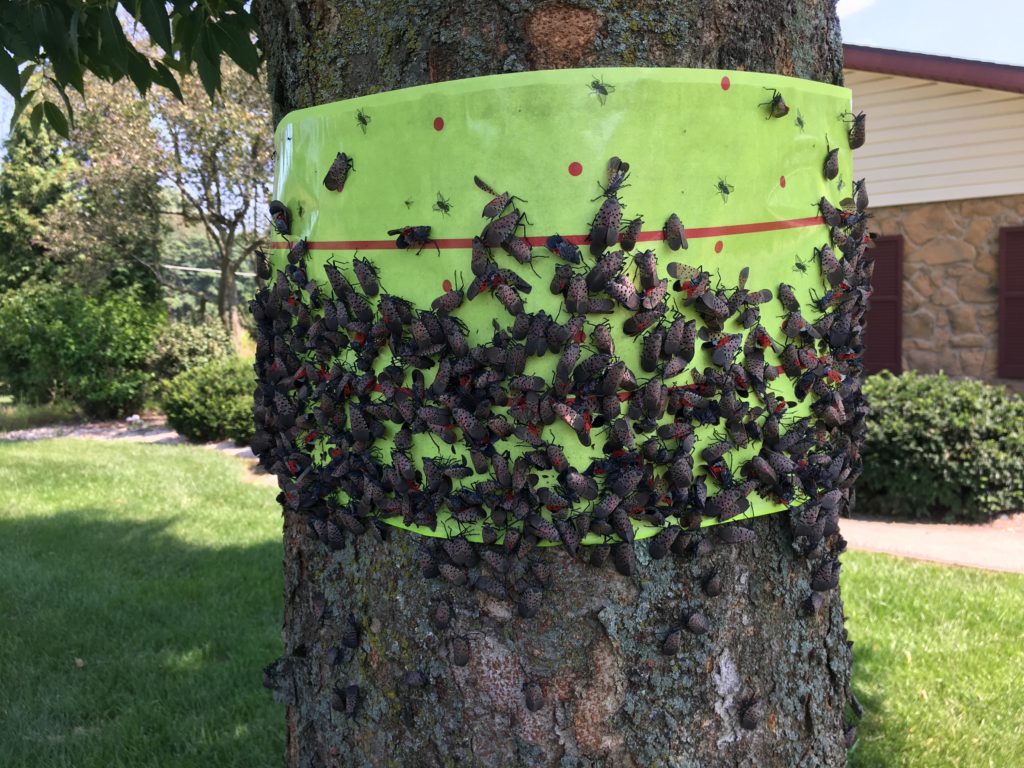

Some 61,000 were found in 2021, the latest year for which state data is available. While lanternfly sightings and surveys in Pennsylvania tallied roughly 9,000 insects in 2017, soaring to 150,000 in 2019, there has been a drastic drop in recent years. The state is currently on a mission to eradicate the tree. “It’s where they get all their energy,” Hoover said. It has a higher concentration of sugars in its roots compared with trees like red maples, river birches and willows, making it attractive to the insect. The lanternfly’s food of choice is tree of heaven, a plant that is also invasive. “We think this is the result of exhausting the food supply,” said Kelli Hoover, professor of entomology at Pennsylvania State University. The population is seemingly down in some of the areas where they’ve been established the longest, like south-eastern Pennsylvania. In New York, red splats, from eager lanternfly stompers, are a frequent sight on sidewalks. They are now common across the north-east. For help with spotted lanternfly control, call us today at 88.Harmless to humans, spotted lanternflies can damage trees and fruit crops, and feed on the sap of over 70 different species of host plants.
#Spotted lantern fly kill how to#
Green Lawn Fertilizing knows just how to handle them so you can save the trees in your yard and beyond. We need to help our ecosystem by eliminating spotted lanternflies. This pest picks out a “ tree of heaven,” which they take over and eventually kill. Unfortunately, you will need to keep a close eye on trees that are at the highest risk of attracting spotted lanternflies. Be sure to choose one specifically for this application. Some insecticides can be used to get rid of adult spotted lanternflies. This sticky band captures the nymphs as they climb the tree to find food. Have you recently seen bands around trees? These are insect barriers used to capture nymphs on high-risk trees. To do this, scrape the egg mass into a ziplock bag of rubbing alcohol or hand sanitizer. You need to identify and remove them as soon as possible. They are covered in a mud-like paste that keeps them securely in a mass on a tree. Lanternfly egg masses are brown and seed-like. There are other steps you should take to protect our ecosystems: Unfortunately, DIY methods like making a homemade lanternfly spray won’t be enough to control a lanternfly infestation. You can even spray it on egg masses you find.

The thick mixture drowns lanternflies that come into contact with it.

Make your own lanternfly solution by mixing equal amounts of dish soap and water.

Similar to vinegar, it can kill lanternflies on the spot. You can either spray the oil directly on a lanternfly, or make neem oil traps to leave around plants that attract lanternflies. Neem oil is a naturally occurring pesticide that is found in seeds from a neem tree. Simply fill a spray bottle with white vinegar, and spray any adults you find. There are a few DIY solutions you can make to kill lanternflies on the spot: Learn how you can make a homemade spotted lanternfly spray and other steps you can take to get rid of this destructive pest. They are classified as a plant stressor because their feeding patterns contribute to the long-term weakening of established plants and trees. Unfortunately, spotted lanternflies don’t have natural predators in our area of the country, so we all need to do our part to get rid of them. The spotted lanternfly is an invasive pest that arrived in North America from Asia in 2014. How to Make a Homemade Lanternfly Spray Why It’s Important to Get Rid of This Pest


 0 kommentar(er)
0 kommentar(er)
